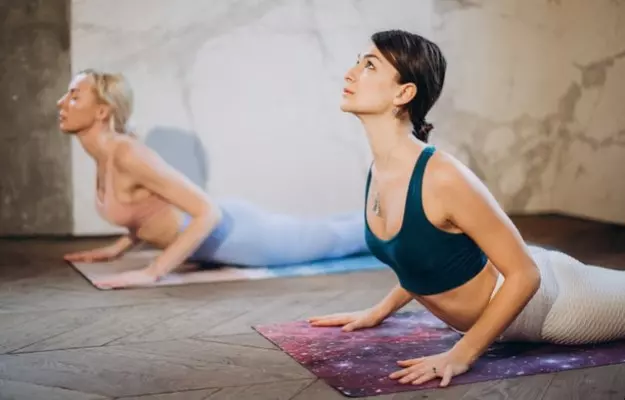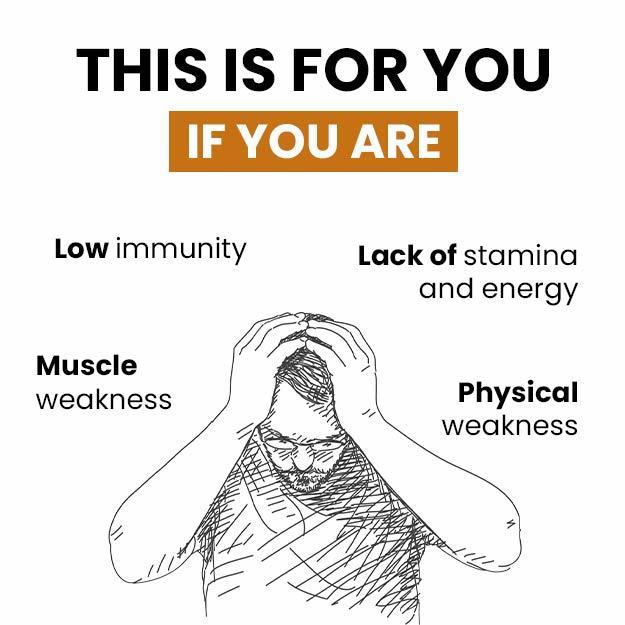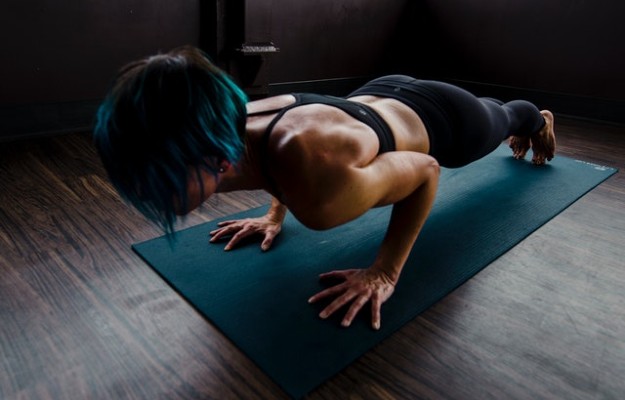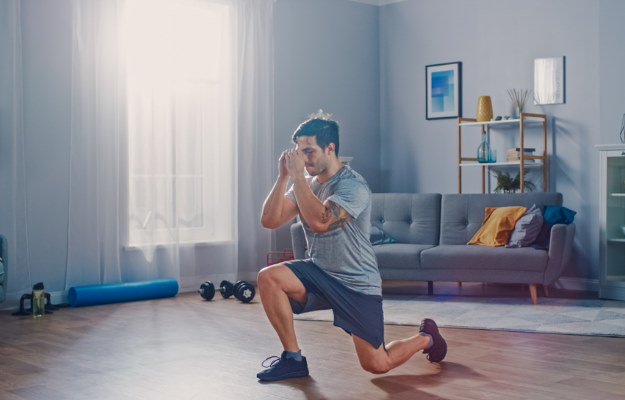Contrary to popular belief, core muscles aren’t only located in the front part of the body’s midsection. Core essentially means centre, and the centre of the human body is more than just what is seen from the front.
Doing a number of crunches and leg raises may give your stomach the shape that you have been wanting, or even the elusive six-pack abs. But this does not guarantee a strong core.
The lower back, which is effectively the centre of the body when viewed from behind, also consists of core muscles that require strength and conditioning. Compound exercises - movements that use multiple joints of the body at the same time - like deadlifts and squats do their bit to strengthen the lower back along with other muscles of the body.
But back extensions, or hyperextensions as they are known in gyms and fitness circles, are a great isolation movement as well. Ab crunches and back extension exercises have also come to be known as the perfect pairing for working out the entire core.
Read on to know about the different types of back hyperextension exercises, their benefits and how to do them.
- Benefits of back extensions (hyperextensions)
- Back extensions equipment
- Types of back extensions
- Takeaways
Benefits of back extensions (hyperextensions)
Hyperextensions or back extensions are beneficial for the lower back for a variety of reasons such as:
- Strengthening the lower back muscles: Hyperextensions help to work the erector spinae muscles, which helps extend the spine. The exercise also works on the glutes as well as the muscles in the core and the abs.
- Relieving lower back pain: Those who have had a history of lower back pain emerging from a herniated or slipped disc or sciatica pain can benefit from performing lower back strengthening exercises, particularly back extensions.
- Improving posture: The primary cause of chronic lower back pain has been identified as poor posture by various studies. Exercises like back extensions help in strengthening the back muscles, which help in improving and maintaining the overall posture of the body, whether you’re standing up or sitting down. (Read more: Exercises to improve your posture)
- Building functional strength: Performing back extensions also helps in building functional strength in the body that allows you to perform daily tasks without putting any strain on your lower back. It also improves your lifting performance in other exercises.
Back extensions equipment
Hyperextension exercises are performed primarily on the floor, but a couple of variations can also be done using certain equipment. The hyperextension machine found in the gym is also known as a Roman chair.
The same exercise can also be performed while lying on a regular bench in the gym, but you may need the help of an instructor or spotter to hold your feet in place.
Hyperextensions can also be done over the large Swiss balls available in most gyms.
Types of back extensions
Hyperextension exercises are varied and can be performed either on the floor or with the use of the Roman chair. Here are a few examples:
Back extensions on a Roman chair
The Roman chair is a machine specially designed for hyperextension exercises, which can be performed with weights or without them.
Steps
- Place your thighs on the extension pad and place your heels against the rolled anchor pad below.
- Stand up straight on the machine - you will naturally tilt forward while standing on the machine.
- Keep your knees slightly bent, hold your arms across your chest and lower your upper body down while maintaining a straight back.
- Lift yourself up slowly and without any forceful or jerky movement back to the original, straight position for a full stretch. Do not overextend or form an arch in the back. This is one rep.
Tip: If you’re a beginner, try to do three sets with 10 repetitions each. You can also hold a dumbbell or a kettlebell close to your chest while performing this exercise for added resistance. You can also perform the same exercise on a simple bench by asking a friend or an instructor to secure your feet by holding them down.
Back extensions on the floor
Floor exercises are great - not only do they not require any specific equipment or apparatus, but they also have multiple benefits like increased flexibility, better muscle tone, improved body balance, variety and weight loss.
If you are tired of dieting and exercising and are not able to lose weight, then use myUpchar Ayurveda Medarodh Fat Burner Capsule, it has no side effects, order it today and avail the benefits.
Back extensions can also be done on the ground: the traditional cobra pose or Bhujangasana, the bow pose or Dhanurasana or even the Superman are popular examples of back extensions that can be done on the floor, but there is another variation you can follow here:
Steps
- Lie down face down on the floor or mat with arms and legs fully extended.
- Lift your right hand and left leg off the floor together and hold for a few seconds.
- Return to the resting position and lift the left hand and right leg off the floor this time. This is one rep.
Tip: The alternating Superman, as it is also known, is a great exercise to promote balance in the body and focus on either side of the lower back to strengthen them individually.
Takeaways
Deadlifts, squats and lunges are great exercises to strengthen the lower back muscles, but they do not target the muscles directly. Back extensions or hyperextensions, however, do exactly that and are therefore important to be included in your strength training programme.
Back extensions are also important for people suffering from lower back pain as it helps improve the body’s posture by strengthening the shoulders as well as the glutes, along with the lower back. It also helps strengthen the core muscles in the process, to provide greater balance and stability to the body.
Find Physiotherapist in cities
References
- Benson ME et al. The muscle activation of the erector spinae during hyperextension with and without the pelvis restrained. Physical Therapy in Sport. 2002 Nov; 3(4): 165-174.
- Lawrence MA et al. Biomechanical Comparison of the Reverse Hyperextension Machine and the Hyperextension Exercise. The Journal of Strength & Conditioning Research. 2019 Aug; 33(8): 2053-2056.
- Kim S and Yoo W. Comparison of trunk and hip muscle activity during different degrees of lumbar and hip extension. Journal of Physical Therapy Science. 2015 Sep; 27(9): 2717–2718. PMID: 26504276.
- Yaprak Y. The Effects Of Back Extension Training On Back Muscle Strength And Spinal Range Of Motion In Young Females. Biology of Sport. 2013 Sep; 30(3): 201–206. PMID: 24744489.
- Mayer JM et al. Effect of Roman Chair Exercise Training on the Development of Lumbar Extension Strength. The Journal of Strength and Conditioning Research. 2003 May; 17(2):356-61.
- Suh JH et al. The effect of lumbar stabilization and walking exercises on chronic low back pain. Medicine. 2019 Jun; 98(26): e16173.



















